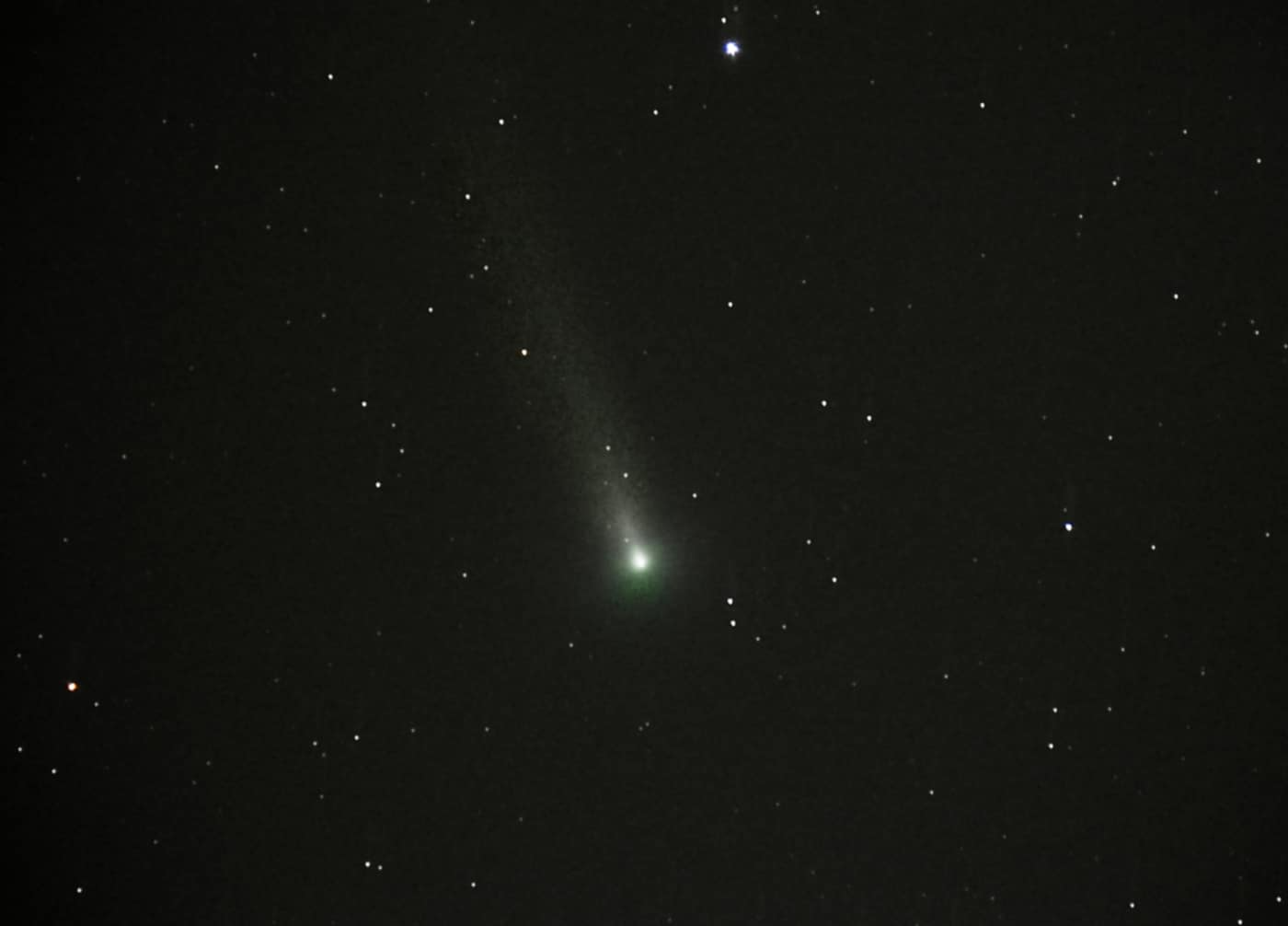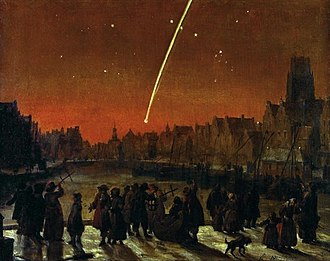The Rise of the Machines
Comet Leonard, December 2021 from Evansville, Indiana - Image by Michael Borman. Used With Permission.
You’ve heard of Comet Halley, right? How about comet Hyakutake, or comet Hale-Bopp of the 1990’s? Going further back, we could consider comets West, Kohoutek and Ikeya-Seki. For over one-hundred years, the names these celestial objects that grace our skies have been bestowed with the name of their discover. These comet discoverers were living, breathing people who, either through luck or perseverance, were the first to find and report a comet, and by current convention, got their name attached to that celestial body.
It wasn’t always that way. Although comets have been observed and recorded for 2,000 years, prior to the 20th century, their naming was different. Back then, comets were often named with the year in which they were observed. For example, the bright comet seen in 1680 was known as “The Great Comet of 1680”. Today, comets have two names attached to them. One, recognizing it’s discoverer, (or discoverers) and another based on a numbering scheme by an international body. Interestingly, no more than three discoverers’ names may be attached to a comet.
The Great Comet of 1680 over Rotterdam as painted by Lieve Verschuier
Beginning in this century, improvements in automated telescope design and orbiting satellites has meant that comet discoveries by non-persons has been on the rise. Take the Panoramic Survey Telescope and Rapid Response System operated by the University of Hawai’i. This sophisticated earth-based tool discovered comets in 2011, 2012, 2013, 2014, 2015, 2016, 2017 and 2018. And then there’s ASASSN, the All-Sky Automated Survey for Supernova which has several bright comets to its name. This ground-based instrument, capable of surveying the entire night sky, can locate any newly appearing object, whether it be a new supernova or a comet.
These telescopes are amazing tools for astronomy, no doubt, but where is the humanity? For centuries, people have plied the sky from their backyards and from mountaintops seeking fame, glory, or just the pleasant recreational experience hunting comets. With every year it is becoming more and more difficult for people to beat the machines at the game of comet hunting where the machines have the advantage.
Very likely, this trend will continue, but every so often a person still makes a meaningful discovery. Comet Leonard is currently rounding the Sun and is visible with binoculars (December 2021). The comet was discovered by Greg Leonard, a Senior Research Specialist at the University of Arizona. Although Comet Leonard was the first comet discovered this year, it is only now getting bright as it makes its final approach to the Sun. It’s unlikely that you’ll be able to see this comet but check online for more details if you wish to try.
Surely there will be more comets to bedazzle us in the skies overhead, but it’s much more likely that those visitors to the solar system will be discovered not by a person, but by a machine.
Mitch Luman
The George and Dorothy Eykamp Director of Science Experiences


